Roses for Summer-Dry Climates
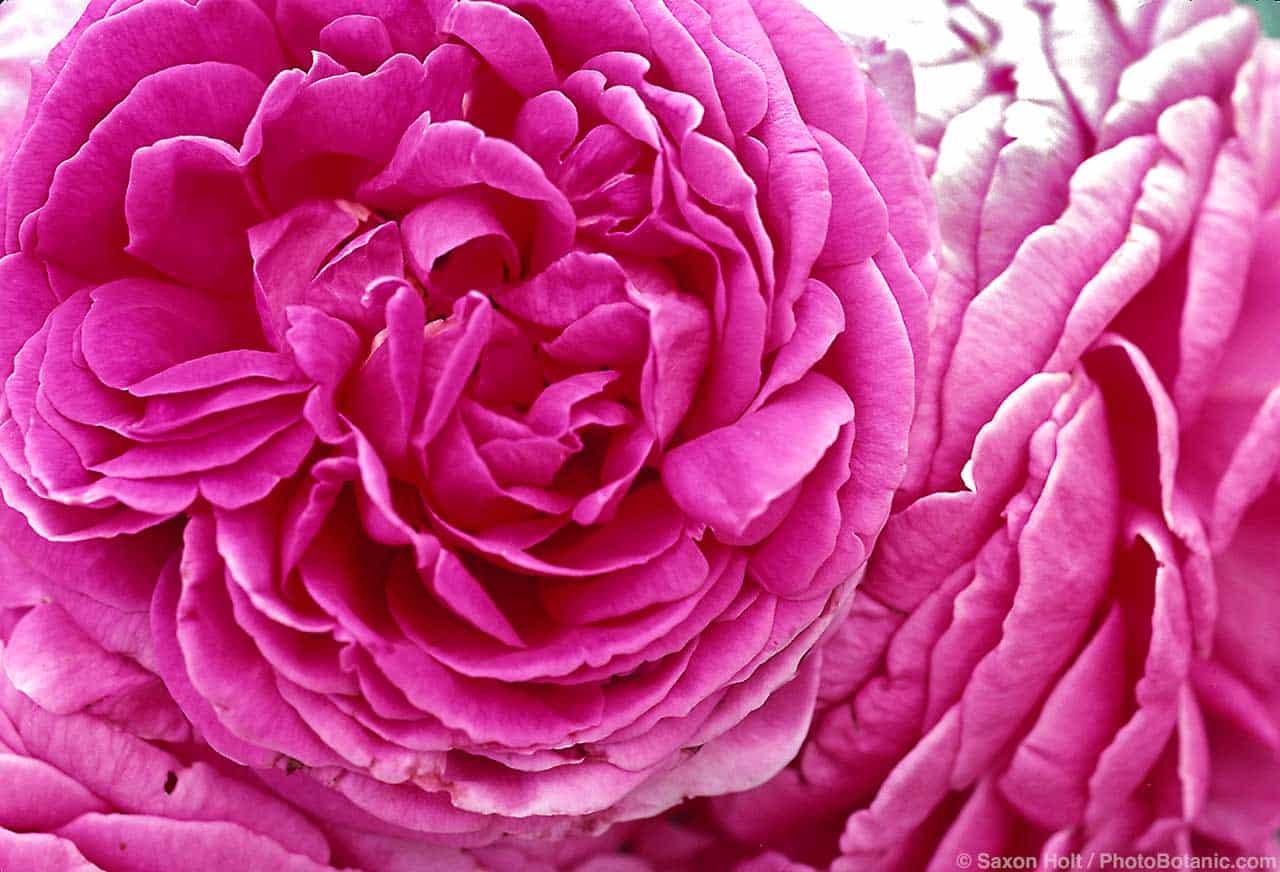
Share This!
My grandmother, the wife of a southern California orange rancher, grew dozens of roses on a sizable plot set aside solely for this purpose and planted in grid formation like an orchard. I don’t know how much water she gave them, but in good water years, when the sluice gates were open for the citrus trees, I imagine she had access to plenty. In dry years, with the cash crop at risk, the roses likely received little or none.
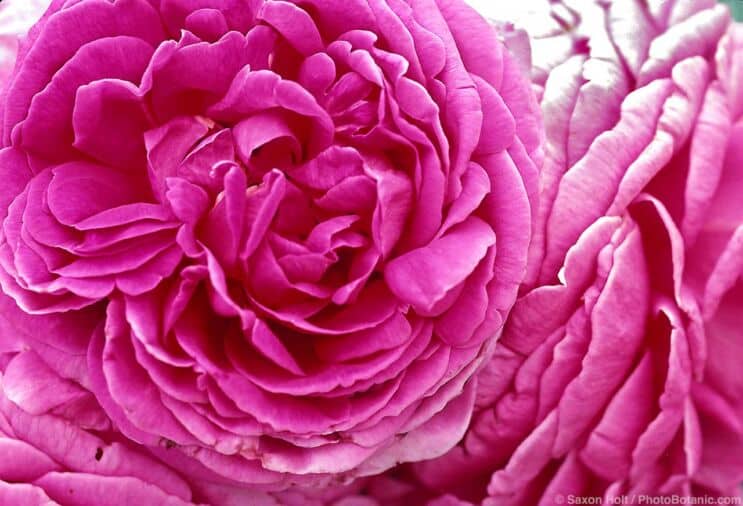
‘Madame Isaac Pereire’, a fragrant, repeat-blooming, 19th century Bourbon rose
Experienced gardeners know that many old roses can get by quite nicely with a lot less water than is often assumed. Once established, China roses and tea roses are especially well suited to a restricted water regime. In western North America many heirloom and antique roses were brought from Europe to the east coast, then moved west with early settlers. Some were still thriving decades after Gold Rush homesteads and cemeteries were abandoned and gardens were left to make it or not on their own.
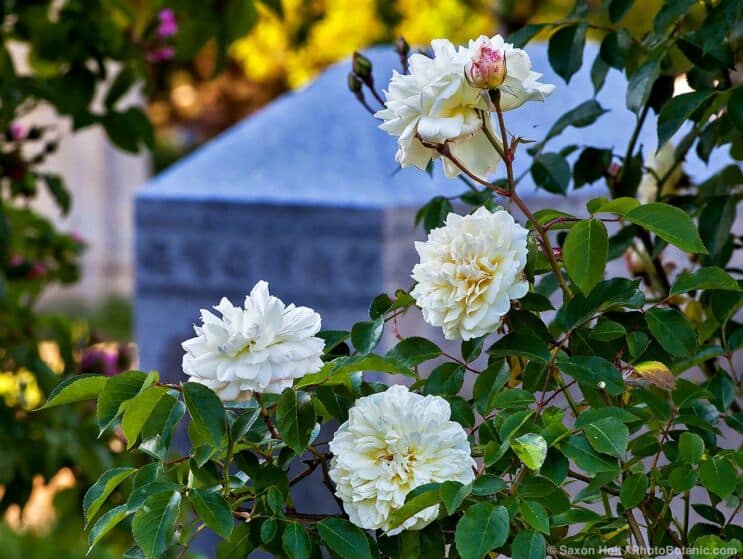
‘Phil Edinger’s Noisette’, an heirloom climbing rose of uncertain origin, likely a 19th century tea-noisette cross, flowering in Sacramento Old City Cemetery
Many species roses also grow and bloom vigorously with little or no supplemental water. One of the best known and widely grown species roses is Rosa banksiae, Lady Banks’ rose, which is native to subtropical central and western China. This is also an old rose, in cultivation since the early 19th century. A thornless or nearly thornless climber, Lady Banks has glossy, dark green leaves and small, white or yellow, lightly fragrant double flowers. Evergreen in mild-winter climates, it blooms briefly but profusely in late winter or early spring.
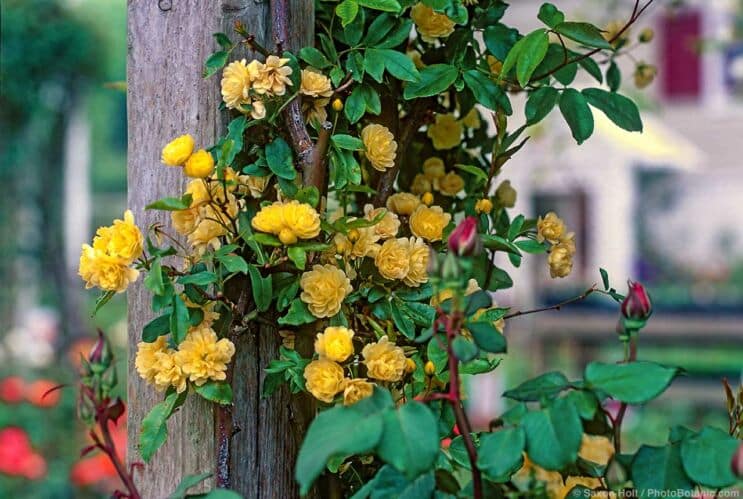
Rosa banksiae can climb rapidly to 12-20 feet.
But what about modern roses, especially hybrids? With climate change on almost everyone’s mind these days, are there modern cultivars that perform well in summer-dry climates without much supplemental water? And are there roses that need less water in your climate? Several science-based rose trial programs today are demonstrating that, yes, indeed there are.
There are dozens of regional, national, and international rose trials worldwide and have been for decades, but drought tolerance has only recently been specifically and rigorously evaluated. Most rose trials have focused on exquisitely detailed aesthetic qualities of flower, leaf, and form as well as cold hardiness, and, more recently, resistance to common rose pests and diseases.
Such judging criteria guided the All-America Rose Selections (AARS) awards program, which from 1939 to 2012 trialed new roses prior to their release to the public. Similar criteria underlie the American Garden Rose Selections (AGRS) awards program that replaced the AARS and the German ADR (Allgemeine Deutsche Rosenneuheitenprufung) system for testing performance of new roses.
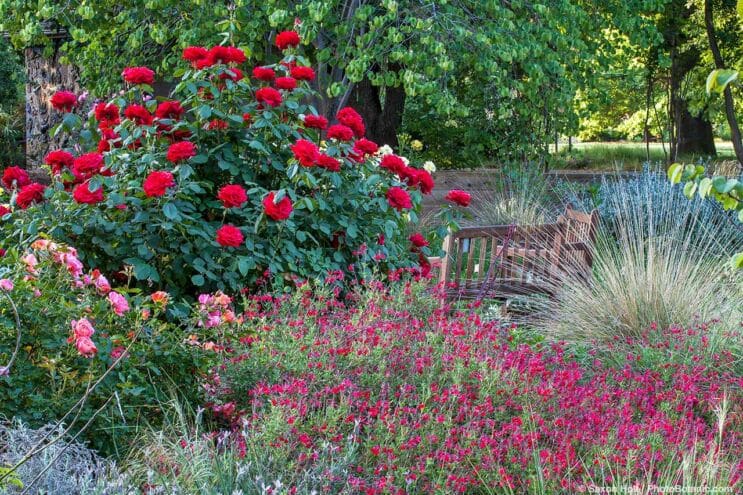
Red-flowered ‘Olympiad’, a hybrid tea introduced in 1982 and winner of an AARS award in 1984, in the University of California, Davis, Arboretum, Storer Garden
Three rose trial programs today have low water input as an experimental condition of the trial and as a significant performance indicator. The Earth-Kind program of Texas A&M University, the American Rose Trials for Sustainability program, and the five-state, six-site Climate-Ready Landscape Plants project all include water use efficiency as one of the main criteria for judging the plants they test.
The Earth-Kind research program was launched in the early 1990s to identify plants for low-maintenance landscapes in southern Texas and later expanded to include statewide and national field trials. Conducted by scientists with the Texas A&M AgriLife Extension Service, the Earth-Kind program has evaluated hundreds of roses, both new and old, to identify those that are heat, cold, wind, and drought tolerant as well as resistant to disease. To be designated as Earth-Kind, roses must perform well over eight years in randomized, replicated research plots both at Texas A&M in Dallas and in statewide and national test sites. Twenty-one roses have already been identified as Earth-Kind roses.
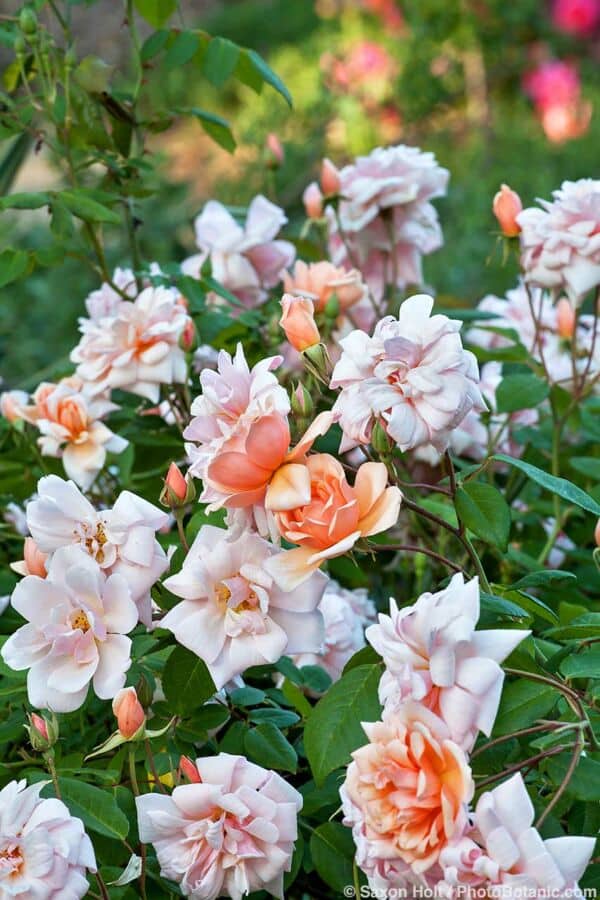
Rosa ‘Perle d’Or’, an Earth-Kind heat- and drought- tolerant polyantha shrub rose from the 1800s
American Rose Trials for Sustainability (ARTS), established in 2012, evaluates rose cultivars at multiple sites in climatic regions defined according to the Koppen climate classification system. Trialed roses are compared to rose cultivars known to perform well in each region. Trials last two years and are carried out in “low-input” conditions (low water, no pesticides, no commercial fertilizers) at trial sites in botanical gardens and municipal parks and at universities. For each region in which a rose demonstrates superior performance, it receives a Local Artist Award. Roses that receive four or more local awards are designated Master roses, indicating their wider adaptability. To date, thirty-eight roses have been awarded Local Artist Awards for the Koppen CSa (Mediterranean) region and a dozen have been designated as Master roses.
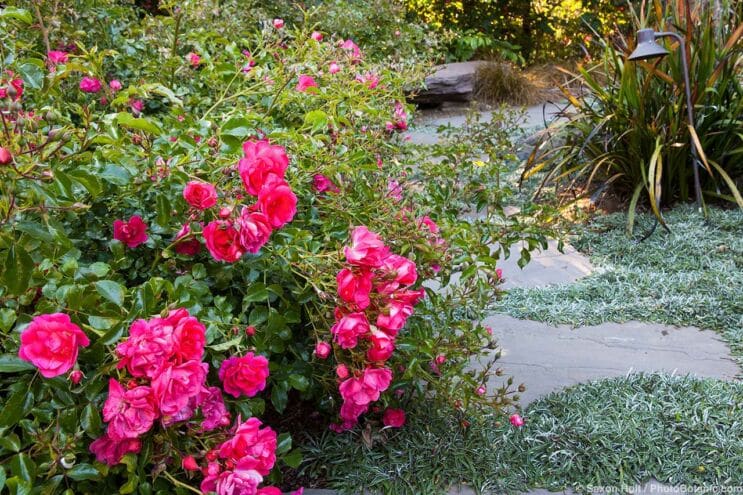
Rosa Pink Knock Out, a sport of Knock Out introduced in 2004, received an ARTS Master rose award in 2019 and a Blue Ribbon award from the University of California in 2018.
The Climate-Ready Landscape Plants project, which trials plants in Washington, Oregon, Utah, California, and Arizona, represents an expansion of the University of California Landscape Plant Irrigation Trials, which began in 2004. Trials take two years with planting in the fall, establishment during the first summer, and plant performance evaluations in the second summer. Plants are exposed to three different levels of irrigation: low, medium, and high as defined by the Water Use Classification of Landscape Species (WUCOLS) system. In the University of California component of the project, plants that perform well in the lowest water category (20% Eto) receive a Blue Ribbon award. A dozen roses are among the many other plants that have received this award to date.
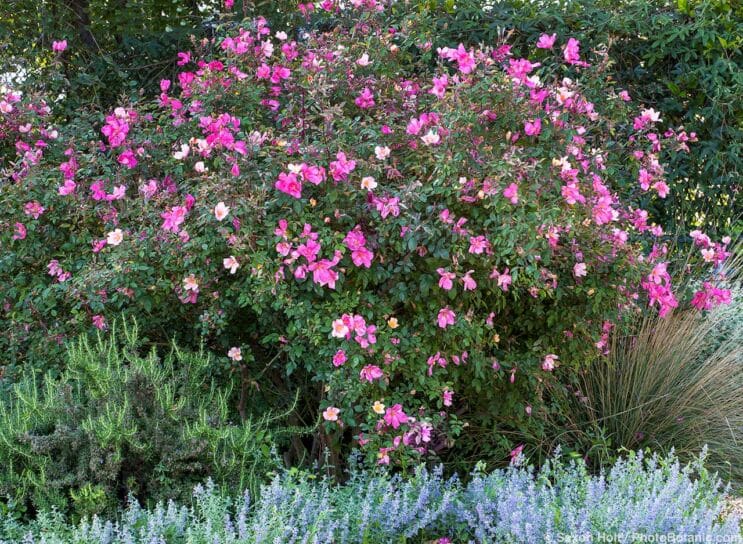
Rosa x odorata ‘Mutabilis’, introduced in 1860, is a China rose with yellow flowers that age to dark pink and a University of California Blue Ribbon rose.
To keep up to date on low-water roses for summer-dry climates, you can follow the progress of these science-based trials at the following links:
https://aggiehorticulture.tamu.edu/earthkindroses/cultivars
https://www.americanrosetrialsforsustainability.org/climate-zone-map; and
https://ucanr.edu/sites/UCLPIT/AWARD_WINNERS/Blue_Ribbon_Winners
Meanwhile, you might try training any roses you already have in the ground to get by with less water. Mulch plants deeply with wood chips in late spring (pull back mulch in late fall if heavy winter rains are expected). Water deeply and thoroughly and then wait until leaves that wilt slightly on hot afternoons do not perk up by themselves by the following day.
Gradually extend the time between deep waterings until you find the optimum length of time that roses in your climate and soils can tolerate with no decline in performance. The goal is to lengthen the time between deep waterings, not to apply less water at the same or higher frequency.
Share This!
2 Comments
Leave A Comment
Related Articles
By: Nora Harlow
By: Saxon Holt
By: Saxon Holt





I have found the following roses to be very low water using: ‘Ballerina’ (a hybrid musk), grown in part shade, ‘Therese Bugnet’, a rugosa, and Queen of Sweden, a David Austin shrub rose. This is one tough cookie–infrequent water plus rain does not spot or disfigure, healthy too and always lovely although fewer blooms with low water.
Great information Linda, thanks so much!